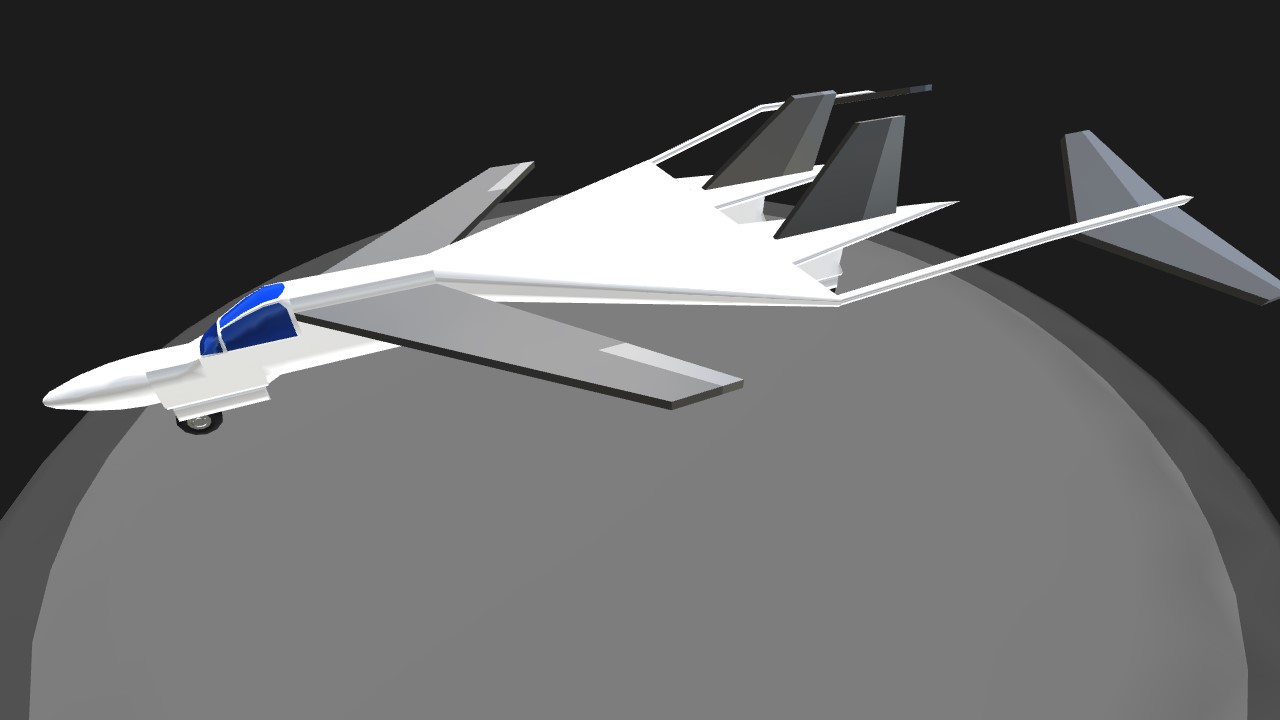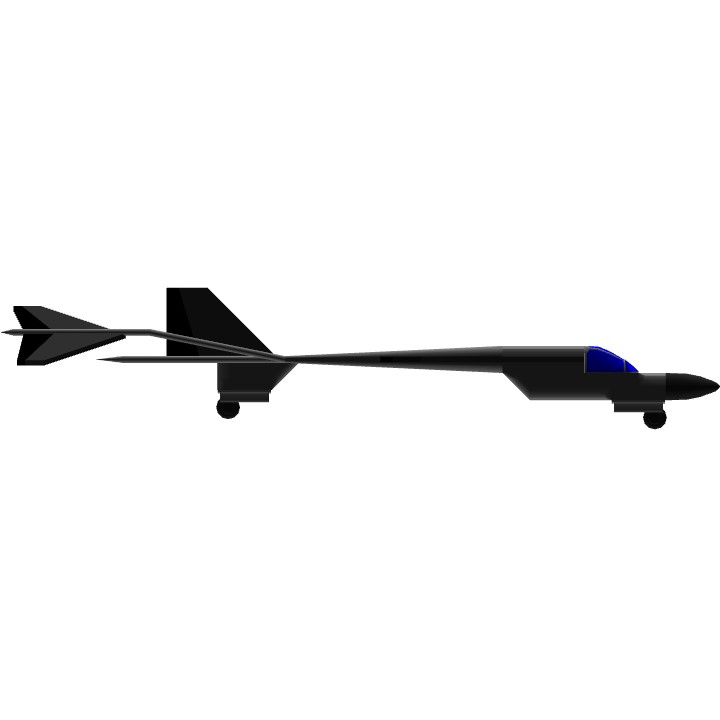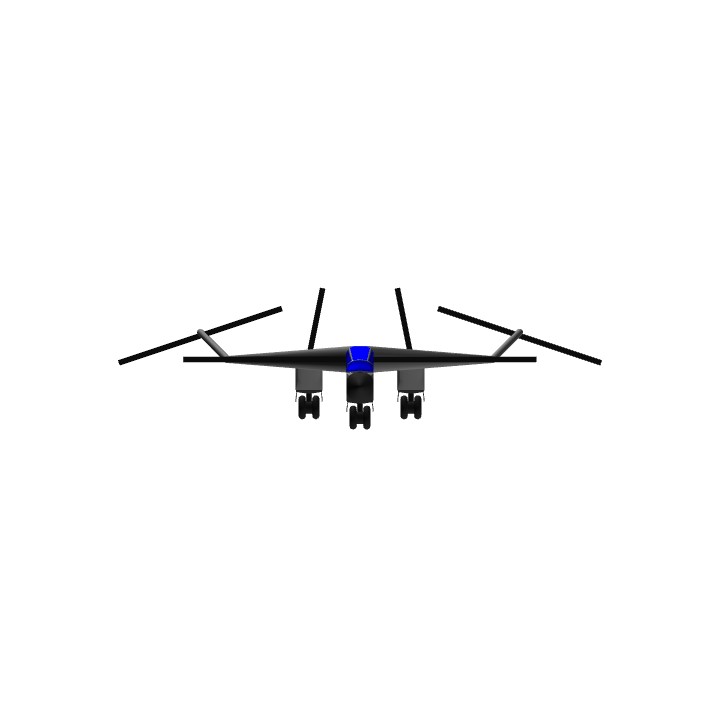In the early years of turbojet development Arrow Inc. continued to only produce piston engined aircraft even though it was apparent a new era of aircraft was on the horizon. This was not a management mistake, this was because early Arrow Inc. turbojets were notoriously well known for complete engine failures at relaitvely low altitude with little to no warning. Thus, when head engineers finally decided to build a jet powered aircraft for the military, they decided the first step would be to build a glider that they could then mount the turbojet engines on, that way when the jet engines would inevitably fail the pilot could then at least glide the ailing aircraft to a safe landing. The result was this the ExG-9 Floatangle. The designation number designating it as an Experimental Glider, and the 9th such concept. While the name made homage to the very unusual and angular design. Though it was a bit unpolished, it did what it needed to do and became the basis for a developing turbojet advancement program. In an effort to get more funds for their turbojet program Arrow Inc. also sold many ExG-9’s to the public. As always, good luck pilots!
Specifications
General Characteristics
- Predecessor The Glider Challenge
- Created On iOS
- Wingspan 28.9ft (8.8m)
- Length 43.5ft (13.3m)
- Height 8.4ft (2.6m)
- Empty Weight 1,949lbs (884kg)
- Loaded Weight 1,949lbs (884kg)
Performance
- Wing Loading 10.3lbs/ft2 (50.3kg/m2)
- Wing Area 189.1ft2 (17.6m2)
- Drag Points 2904
Parts
- Number of Parts 39
- Control Surfaces 8
- Performance Cost 218







Interesting design for sure